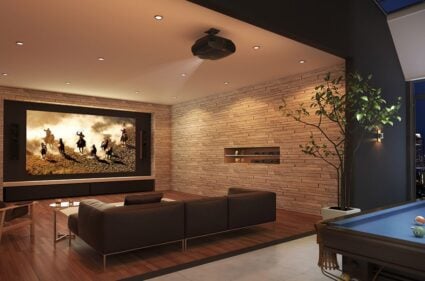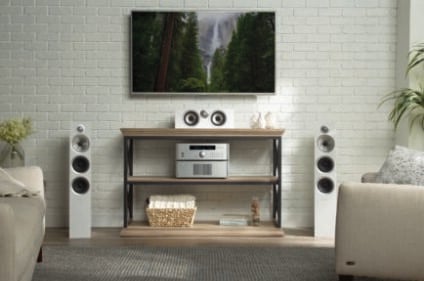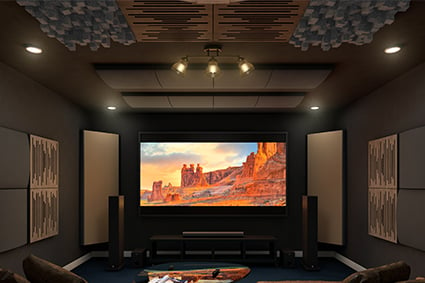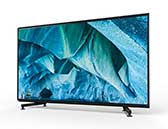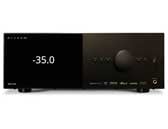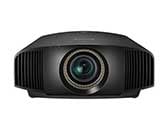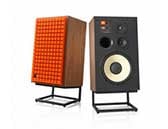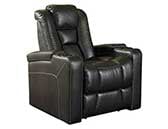Get Out Your Tape Measure
The next step is to measure the distance from the screen to your main seating position. If you have the ability to change your seating position, this is good, you might move closer to the screen for what feels like a larger image. Make a note of your distance and get out a calculator.
We suspect you already know your personal preference of where you like to sit in a movie theater, that is if you had your choice of exactly where the distance felt great to your eyes. We find that a lot of people choose the middle of the theater, while a smaller group likes to sit closer to the front row. We’ll go over the math for both of these choices.
If you like to sit near the middle row in a commercial theater, for a 16:9 ratio screen, most people feel a 30-degree field of vision is perfect. For 2.40 widescreen, a 42-degree field of vision is chosen most of the time.
For those of you who like to get closer to the front row, a 36-degree field of vision is the best choice for 16:9 and a 48 degree for a 2.40 screen will be awesome. We are actually in this camp for our personal theaters as we feel this size gives you a more immersive experience.




